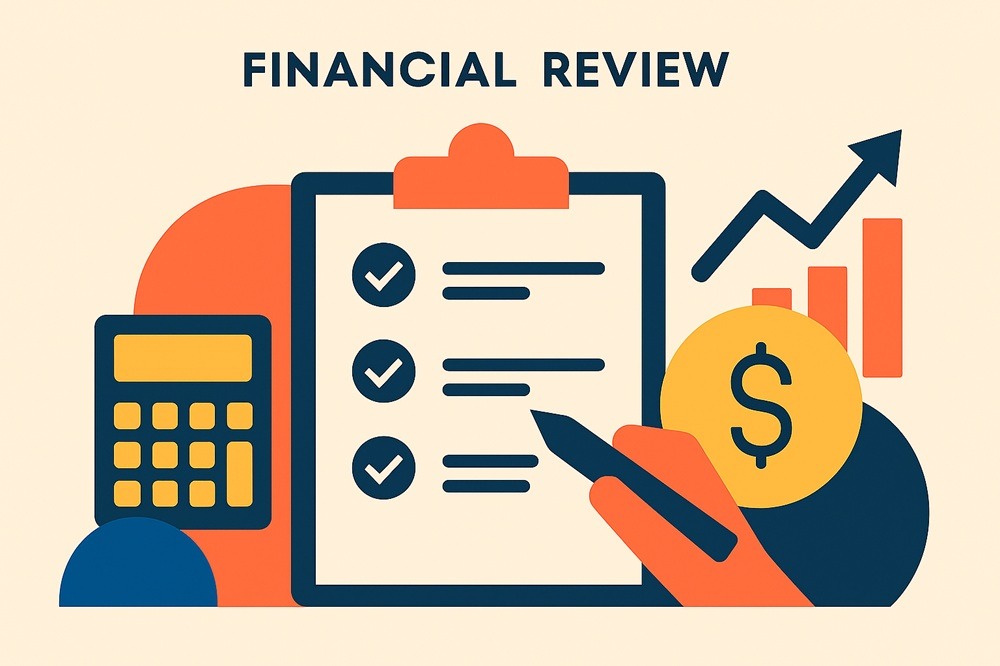Guide to investing in Mortgage Funds

What is a Mortgage Fund and how does it work?
Mortgage funds (also known as credit funds) is a managed investment fund that pools its investors’ money to lend on to a range of borrowers to use on purchase or development of properties. In some instances, they may also invest in other mortgage funds or invest in a particular project – whether this is infrastructure, property or other building works.
In most funds, investors have no control over where the funds are being invested. i.e. you do not get to vet the borrower or project and you rely on the fund manager to do this. All you do is invest your money with the mortgage fund and receive a monthly distribution.
A typical fund will invest in first mortgages over a property, so they lend to the borrower and take the property as security. Others may take second mortgages over a property, which means if the borrower goes bankrupt, the fund is second in line to get their loan repaid.
Some funds allow the investor to contribute to a particular investment or development and the returns on these investments are received at the end of the development or project, rather than a monthly distribution. So you as the investor can select a particular project or development that is being undertaken.
What are the risks?
Most funds will advertise an expected rate of return and it can be easy to get caught up with rates like 7% and more. You need to be comfortable about the investment or project, so always invest with good managers who have the experience and expertise and a good history.
Good quality mortgage funds will have effective and a disciplined risk management system in place, and a good track record or history with low levels of borrower default. This is because of good quality properties behind those mortgages, and diversification of lending. I.e. invested in both residential and commercial properties and various locations.
Always choose a mortgage fund manager that have consistent performance over time. New funds will be more risky because of the concentration of mortgages and lack of liquidity.
A few tips when choosing a fund manager:
- FUM or funds under management – larger funds may be less risky and have better liquidity. Although it may not be a great investment is most of the money was in cash and not invested.
- Don’t focus only on the yield or advertised rate of return – higher rates can mean more risk so look at the project it is invested in, or the property security.
- Diversify – you can use more than 1 manager or invest your money in more than 1 fund so you are diversifying across the various providers.
- Always read the PDS or Product Disclosure Statement before investing. The PDS tells you how the fund manager invest your money, or investment strategy, the fees charged, and how to make the investment.
- Do some due diligence on the fund manager so you are comfortable with making your investment. These funds are usually classified as Managed Investment Schemes so must be regulated by the Australian Securities and Investments Commission (ASIC). Always do a search on the ASIC website to make sure that the fund manager is registered and licensed to operate
- Be aware of funds advertising ‘high-yield’ or ‘low risk’. All investments come with risk, the key is to diversify into various types of investment across different providers and invest according to your own risk appetite.
On the following page, you can find a comparison of 2 of the major funds available for investment. Always seek advice before you make any investment.
|
|
La Trobe 12 month term |
Trilogy Monthly Income trust |
||
|
Funds under management |
$3.46 billion |
$401 million |
||
|
Mortgages |
$3.371 billion |
|
||
|
Cash |
$88.5 million |
16.65% |
||
|
Fund start date |
1952 |
2007 |
||
|
No. of mortgages |
6,461 (registered first mortgages) |
84 (registered first mortgages) |
||
|
No. of investors |
19,200 |
>3,100 |
||
|
Average loan |
$521,817 |
~$7 million |
||
|
Largest loan |
$10,234,795 |
$18 million |
||
|
Fund allocation |
60% residential 14% commercial 11.4% industrial 9% rural 3% cash
|
13% QLD 31% NSW 43% VIC 10.2% SA/WA/ ACT/NT/TAS 2.5% Cash |
65% residential 6% commercial 29% Land development |
53% QLD 24% NSW 23% VIC |
|
Average LVR |
63.4% |
62.71% |
||
|
Max LVR |
80% |
70% |
||
|
Arrears more than 90 days |
2.8% more than 90 days |
2.8% |
||
|
Minimum investment |
$10 |
$10,000 |
||
|
Fees |
1.47% direct investor OR 0.97% adviser assisted |
0.96% direct investor OR 0.46% adviser assisted |
||
|
Withdrawal terms |
30 days written notice to be given prior to the end of 12 months min term |
4 month notice required |
||
|
Details current as of |
Sept 2020 |
Sept 2020 |
||
|
Performance |
Distribution for month ending Sept 2020 4.50% 1 year 4.89% 3 years 5.17% 5 years 5.23% 7 years 5.46% |
Distribution for month ending Sept 2020 6.53% 1 year 6.68% 5 year 7.61% |
||
|
Min term |
12 |
None |
||
|
Website |
||||


